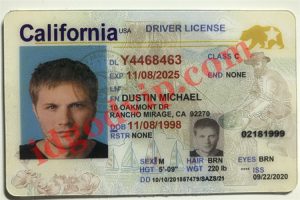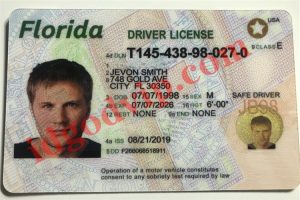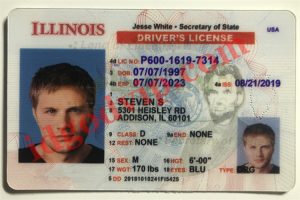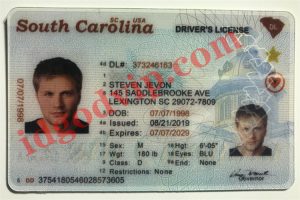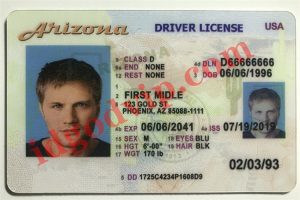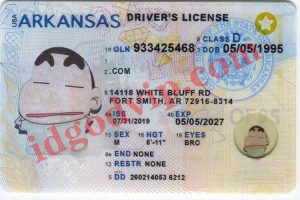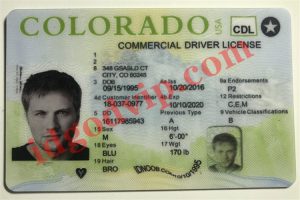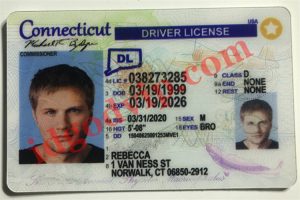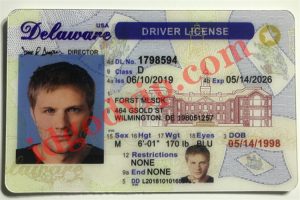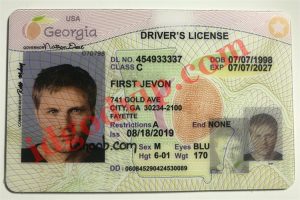How Fake ID Scanners Distinguish Fake IDs
Guarantors use incredible examples and novel text styles as key security measures when laying out real ID cards, making them difficult to reproduce accurately. To recreate precise lines, extraordinary text styles, microtext and intricate designs on ID, illegal print organizations need innovations in security protection that are often inaccessible.
When these subtleties are difficult to imitate, a prepared eye can immediately distinguish them. Then again, more complex fake ids usually pass most human confirmations. They have to be identified by checking the ID at a fine-grained level, usually a few pixels indicating fake.
With character extortion misadventures from fake IDs expanding across the globe, acquiring these near-perfect best fake IDs on the dreary web is more straightforward than at any time in recent memory. Another layer of security is visualization and fluorescent overlays, which allow ID scanners to perform a third test – how ID smart properties behave under different lighting conditions.
Check the multidimensional image and the fluorescence overlay
Multidimensional images and fluorescent overlays are additional layers of security that can be assessed by focusing white light on the ID or presenting it to UV light. Since these security efforts can be effectively confirmed using low-tech tactics, current counterfeiters will try to imitate them as explicitly as intended. To fool these checks, counterfeiters either copy these secure elements or port the legitimate form from the real ID.
The quality of the fake ID and the complexity of the ID scanner determines whether it can easily pass the ID scanner lighting assessment. Further developed scannable fake ids may recreate visualizations and fluorescence overlays, so relying solely on these checks may give you a false sense that everything is fine.
Everything is in the scan engine
If the output motor is not strong enough, the fake id will pass each of the three checks. The scan motor is being programmed to check the ID by processing the information gathered from the output.
A credible check motor takes a long time to create, refreshes regularly, and utilizes a large number of scans to perform calculations that effectively distinguish error IDs. Without a certified sweeping motor, misleading positives are unavoidable, and subsequent false ID deductions will easily pass these assessments.
You will need to use an ID scanner to capture the basic parts of the id card fake. To check for correctness, a reliable test checks for the tiniest bright spot on the ID. Design coordination and a powerful scan motor are the most essential parts of an approved ID.
Many organizations have ID scanners that are easy to work with and require little preparation. Many shoppers love their stay here, but more importantly, they like to go shopping without worrying about safety.
This is exciting news for customers who are already uncomfortable going out. In fact, ID scanners are expensive to introduce, but entrepreneurs who see them as an open door and a resource are more willing to increase transactions and reduce difficulties.
ID scanners have fundamentally changed the way American bars and clubs work. Donor IDs are checked and confirmed immediately, allowing for coordinated and fast part setup. The review frame is marked with id card fakes and individuals who should not be allowed in, so customers are less willing to commit breaches.
In fact, even scanners equipped with the right combination of equipment often neglect to keep up with the latest technology, leading to difficulties with reliability, false advantage, and confusing IDs. If all of the above are taken into account, will the fake ID check be completed? Sadly, the solution for most ID scanners is yes.
